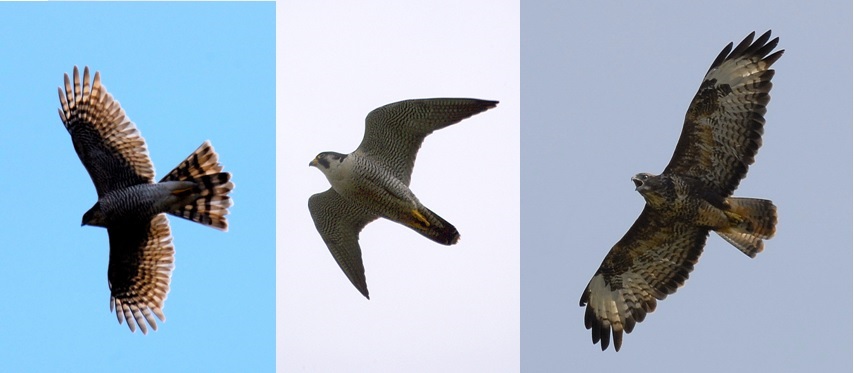Intern Diary Week 8
Once again things have been very quiet here at the watch. This week I spent more time here than usual as I was covering for Sam, our other peregrine intern, on Tuesday and Wednesday as well. The weather was amazing so we had quite a lot of people around but the birds don’t seem to be very energetic and mainly have just been sitting around or out, although we witnessed some mating and displaying almost every day during the week.
As part of my internship I got the chance to go on a First Aid course in Edinburgh yesterday with a group of Lothian Conservation Volunteers. It was a lovely day for it with the sun shining and a really nice group of people so it was a lot of fun! You can now relax because if you collapse after the long climb to the Peregrine Watch I can help. Feel free not to though!
Because the birds have spent a lot of time out I found myself telling people to keep their eyes open because they might see the peregrines flying around the reserve. But how would you know if the bird you are watching is a peregrine?
The birds of prey you would find more easily around the reserve are the sparrowhawks, peregrines and buzzards.
From left to right, sparrowhawk (c) Steve Waterhouse, peregrine (c) Peter Bagnall and common buzzard (c) Steve Waterhouse.
As you can see peregrines are very sleek and elegant. Their wings are pointed, bright barred underside but the bars are hard to see when in flight, and usually the moustache is visible. With a wingspan of 100-110cm they are bigger than sparrowhawks.
Sparrowhawks have broad, blunt wings that are shorter than a peregrines’ having a wingspan of 60-80cm. They are easily identified by their long tail with 4-5 very obvious bars. Smallest of the group.
Finally, buzzards are the easiest ones to rule out when looking for a peregrine. They are much stockier and have broad, short tails. The wings are also broader, bigger (wingspan 110-130 cm) and a very clear dark trailing edge and wing tips.
There are many other species like hobbies or kestrels that can be confused with peregrines. However, because we don’t see them very often around the reserve I left them out. Hope these little hints help you identify a flying peregrine next time you see one.
See you soon,
Cat Fonseca – Scottish Wildlife Trust, Peregrine Ranger Intern
Help support our vital work and join us today!
Help protect Scotland’s wildlife
Our work to save Scotland’s wildlife is made possible thanks to the generosity of our members and supporters.
Join today from just £3 a month to help protect the species you love.
Preface
Once again things have been very quiet here at the watch. This week I spent more time here than usual as I was covering for Sam, our other peregrine intern, …

